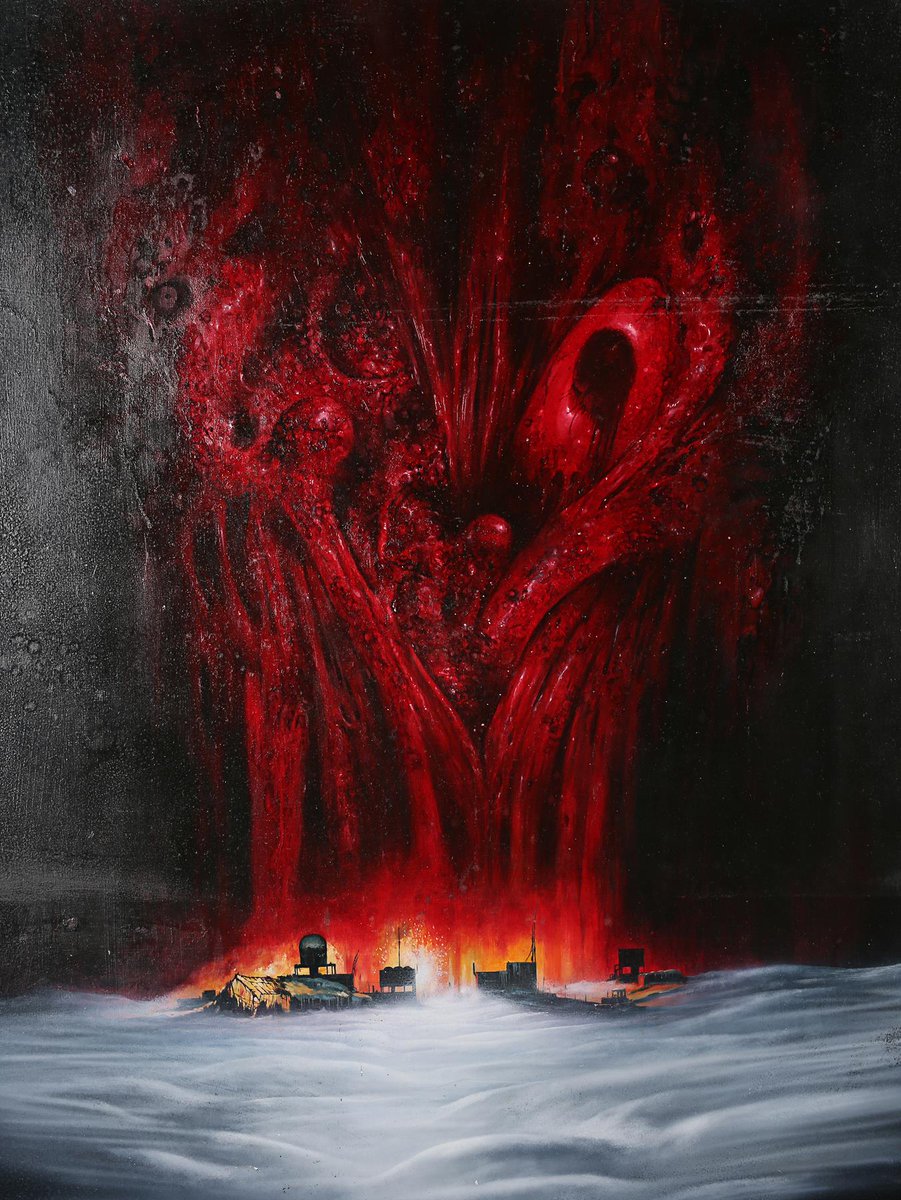

The sixth and final piece (‘with energy’) is a tour de force, which, as McLachlan comments, often uses jazz-inspired chords and impulsive rhythm changes to great effect, all of which the pianist despatches with such great élan and control.NASA's Viking Project found a place in history when it became the first U.S. The language of the Six Little Pieces (1982/1993) has a still more austere aesthetic, each musical nugget led by its angular melodic contours. Paul Conway, Musical Opinion, October 2017 Gregson’s considerable technical demands were met with unobtrusive dexterity. Their moods ranged from jocund (no 2) to softly expressive (no 5) and lively and rhythmic (no 6) but together they constituted a convincing set derived from the same vibrant musical voice. Inspired by Schoenberg’s Op 18 set of 1911, Gregson’s short pieces are more vignettes than miniatures, the diminutive of the title denoting brevity rather than limited ambition. Throughout, one had the sense that Horton was inside the music, and utterly committed.Īlso on Tim Horton’s programme was Six Little Pieces by the festival’s composer in residence Edward Gregson. As Gregson says in his programme note, there is nothing little about these pieces. Tightly written and formally compressed, they place virtuoso demands on the pianist. progressed via composer-in-residence Edward Gregson’s ‘Six Little Piano Pieces’. Pianist Tim Horton gave a compellingly fluent recital ….

Six Little Piano Pieces by composer-in-residence Edward Gregson continued this Second Viennese sound world, well-attuned to their individual characters and often tricky technical demands.Ĭhristopher Morley, Birmingham Post, August 2017

John York, Classical Piano, March/April 1996 Not too difficult, not so little either at nine minutes, by turns whimsical and virtuosic, with more than a passing not to Schoenberg op 19 …, the deserve to be taken up by those open to contemporary, idiomatic ideas – and they won’t hurt your head. However, I have tried to unify the pieces in a number of ways – most particularly by temporal relationships and the use of common material.įinally, although I am not a Schoenbergian, it must be said that I do doff my hat in his direction with some admiration in these pieces. Two of the pieces were sketched when I was a student, whilst others were sketches for my much larger Piano Sonata in one movement which was completed in 1983. 2) and make use of parody (the quasi-Viennese waltz of No. In fact two of the pieces ( 4 and 6) are quite extended and technically demanding, whilst some are whimsical (No. Although my pieces are not in any real sense a homage to that set, they do apply some of the same compositional procedures – compression of form, motivic use of a limited number of pitches, a concentration on timbre and texture, and a reduction of the means of musical expression.Īs with Schoenberg’s set, my pieces are not ‘little’ in any other sense than being relatively short. The title Six Little Piano Pieces has of course been used before, most notably by Schoenberg in his Op. The pieces were revised in 1993 and are now published in this version. This work was commissioned by Richard Deering with funds provided by the Arts Council of Great Britain and first performed by him in Amsterdam in October 1982.


 0 kommentar(er)
0 kommentar(er)
